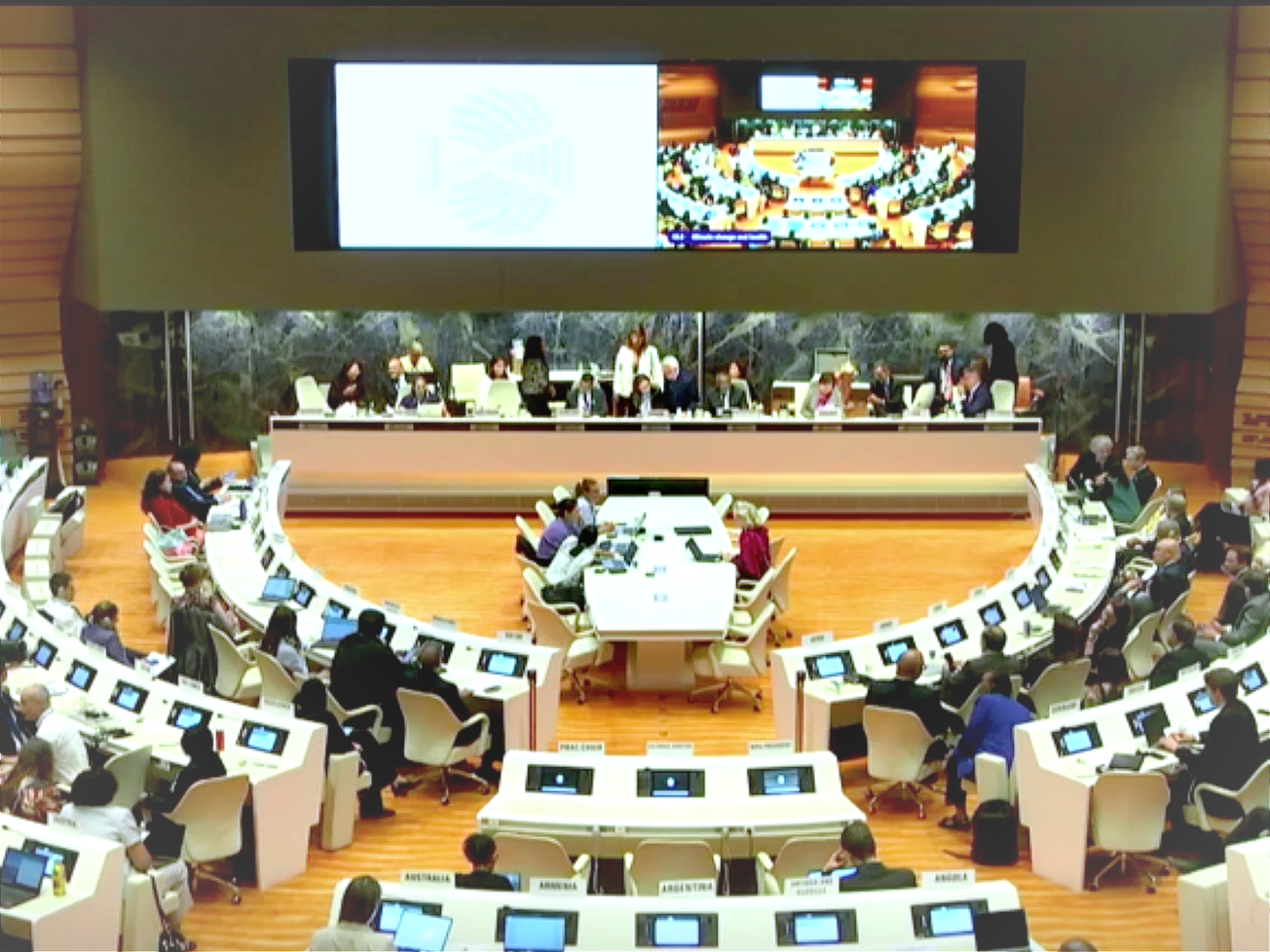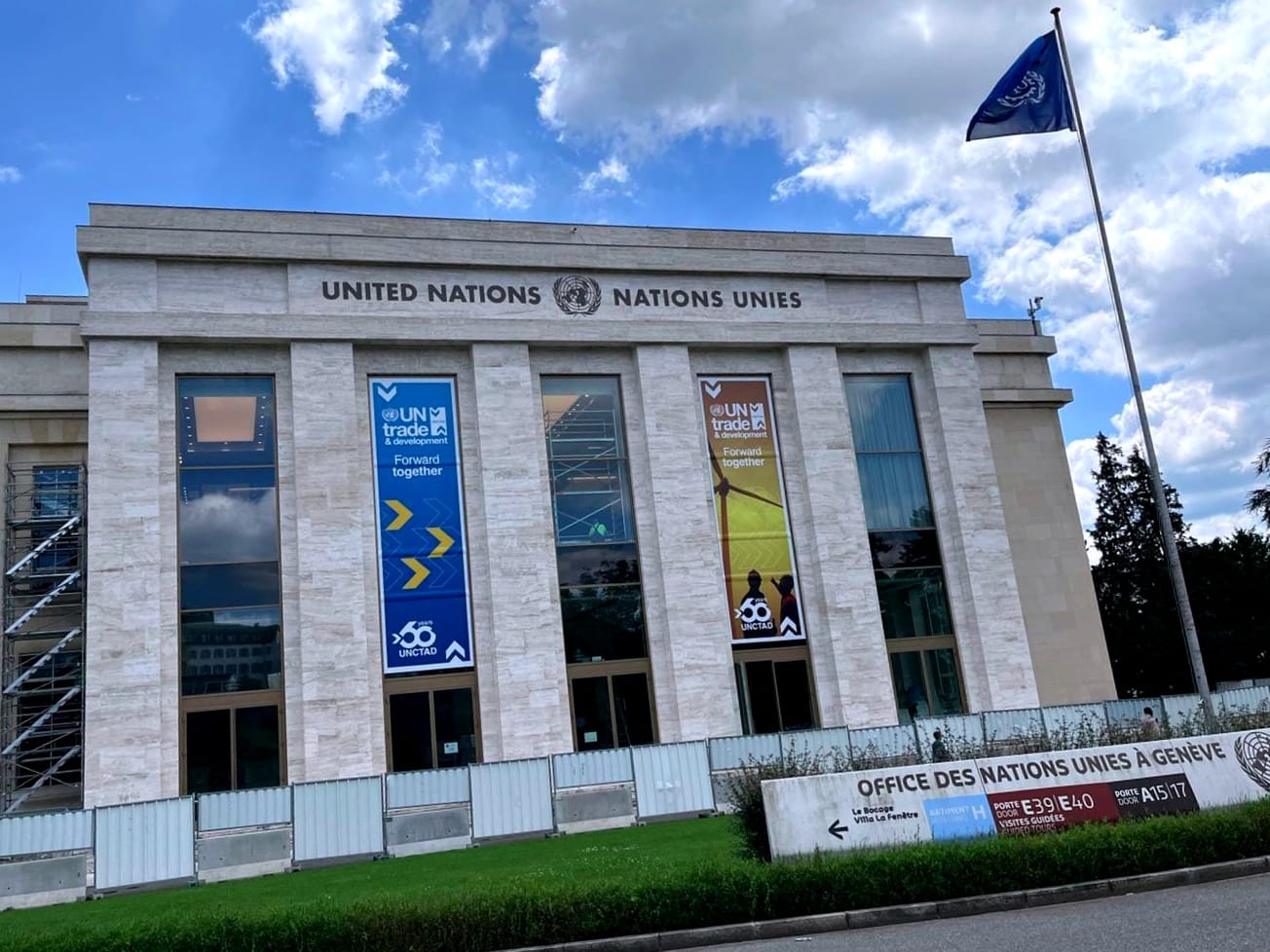GENEVA (AN) — Global warming has made it 70% likely that one or more months of global average temperatures between 2020 and 2024 will exceed the preferred limit under the Paris Agreement on climate change, the World Meteorological Organization said on Wednesday.
And there is a 24% chance that at least one of the years during the first half of this decade will exceed the limit of 1.5° Celcius in warming above pre-industrial times, but only a 3% chance of the five-year mean exceeding that level, according to the United in Science 2020 Report from WMO and other international organizations.








